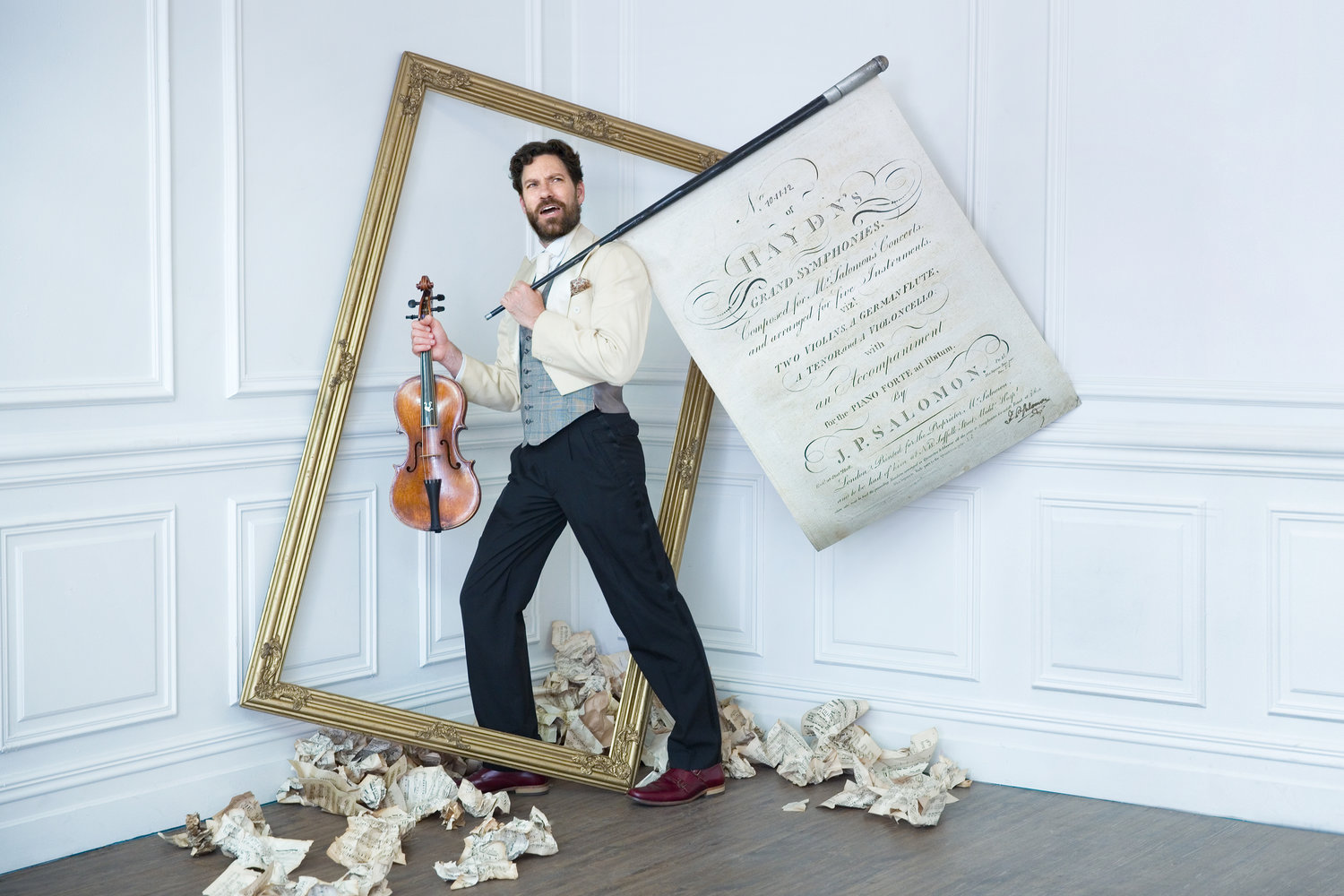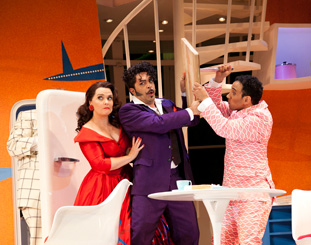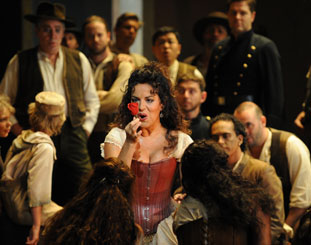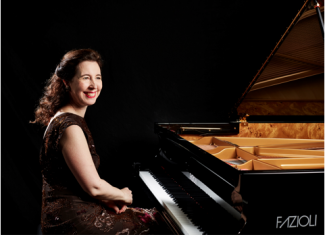Concert Review: Emperors & Armies / Australian Haydn Ensemble
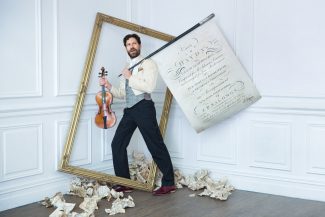
Emperors & Armies
Australian Haydn Ensemble
Utzon Room, Sydney Opera House
February 11, 2020
The Australian Haydn Ensemble’s 2020 curtain raiser Emperors & Armies drew inspiration from the royal dynasties of 18th century middle Europe, when kings had the critical responsibility of patronising the arts. It was a golden age for music.
Artistic director and lead violinist of the ensemble, Skye McIntosh, playing her 1770 Neapolitan Eberle violin, deftly combined four works from the latter part of that century, illustrating a different aspect of the lives of these rulers, away from their cosseted gilt-adorned palaces, glorifying and inspiring their efforts in war. It’s a novel take on the music of the times which usually celebrated the grandeur and the arts of court life over the harsh reality that these hereditary rulers were also expected to be great warriors, lead their armies into battle – and win.
The royal support of musicians was by no means limited to central Europe and the AHE began their programme with a delightfully descriptive cameo by Boccherini, who like Puccini, was born in Lucca, Italy. In 1769 Boccherini moved to Spain where he was greatly lauded. By the time he composed this joyous Flute Quintet opus 19 No 6 (Las Parejas), in 1774, he had attracted the support of the Spanish Infante. Boccherini was considerably influenced by Haydn. However, as a virtuoso cellist himself, Boccherini elevated the status of the cello in his compositions. AHE cellist Anton Baba ensured that his 2000 Peter Elias cello after Stradivarius, enjoyed its rightful place in the rich texture of the music. The ensemble introduced the majestic Entrada with crisp dotted rhythms alternating with declamatory triplets in declamatory style, followed by a Marcia and Galop played in rollicking style. The captivating rhythmic complexities were intensely and accurately driven by the ensemble. Melissa Farrow on the traverso flute, a replica of an 1810 instrument from Dresden, piped a soaring flute part against the foil of the string quartet.
Two works by Haydn, written in the 1790s contrasted and complemented each other. The first, Haydn’s String Quartet No 62 in C major opus 76 no 3 The Emperor (1797/98) was written expressly for the genre was one of his last complete set of quartets. It demonstrates skills in writing and form that Haydn had honed over decades. The other piece by Haydn, in the second part of the concert, was the Symphony in G major, No. 100, The Military, written for a full symphony orchestra, but adapted for smaller forces by the violinist, conductor and arranger Johann Peter Salomon (1745-1815).
The ‘Emperor’ is a favourite. Written in four movements, the AHE gave a nimble and spirited account of the first movement, Allegro. The second movement, Poco adagio; cantabile was played in a beautifully singing style, true to the composer’s instructions, with a gentle grace and dignity. Each instrument took the spotlight in turn, elaborating the variations on the theme which served as the Austrian national anthem from 1797 to 1918 and which remains the German national anthem from 1922 to the present day (Deutschland, Deutschland über alles). It is also the tune of the 18th century English hymn Glorious Things of Thee Are Spoken, words were written by John Newton, who also authored the words to Amazing Grace. The third movement, Menuetto allegro, was played with exemplary phrasing. The quartet closed with the Finale: Presto brimming with dramatic contrast.
Haydn’s Symphony, no 100, however, was scored for a big orchestra. As well as the prescribed pairs of winds, horns, and trumpets, and strings and timpani, Haydn’s orchestral score featured a collection of percussion instruments including triangle, cymbals, and bass drum. The character of the piece is conveyed by its original title, “Grand Overture with the Militaire Movement.” It premiered at the Hanover Square Rooms, which had an audience capacity of 800, on March 31, 1794. Haydn led the orchestra from the fortepiano, Salomon was concertmaster. The five musicians of the AHE had many hats to put on in this pared down arrangement, expertly filling out the texture with various devices, navigating between melody and accompaniment and representing more instruments than just their own. Bringing such transcriptions of popular and vibrantly pictorial large works to the concert stage, be it Salomon’s transcriptions in the 18th century or the AHE playing them in the 21st century, is a brave but astute move that makes these masterpieces more accessible to both performers and audiences.
Mozart’s String Quartet in D major No 21, K 575, like Haydn’s ‘Emperor’ quartet, was amongst the last he wrote and is as close to perfection as Mozart might ever have got. At this stage of Mozart’s life, royal patronage was not forthcoming and he struggled for funds. In April 1789 he left Vienna for Potsdam. He met King Friedrich Wilhelm II of Prussia, a cellist who frequently commissioned work from Boccherini – another link in the programme. To give the king a platform, Mozart wrote prominent cello parts in a high register, adding soloistic passages to balance the other instruments in a popular Parisian style known as “quatuor concertant.” Kudos to Anton Baba once again, for his beautiful expression of the soloistic cello lines with the rise and fall of the individual lines of the other ensemble players.
This elegant programme by the AHE was more than just music – it was a lesson rich in history as told in music. The playing, polished with an instinctive understanding of each other, was beautifully balanced, technically impressive and cohesive.
Shamistha de Soysa for SoundsLikeSydney©

